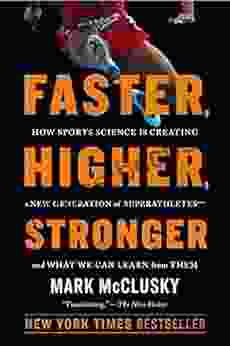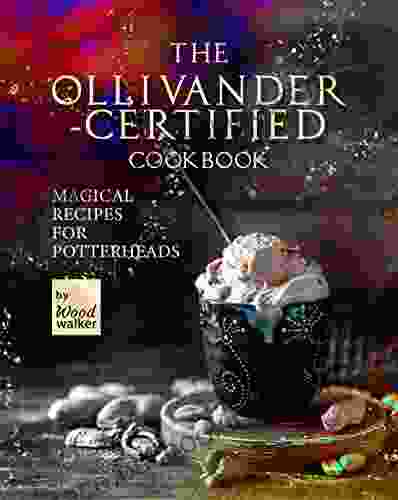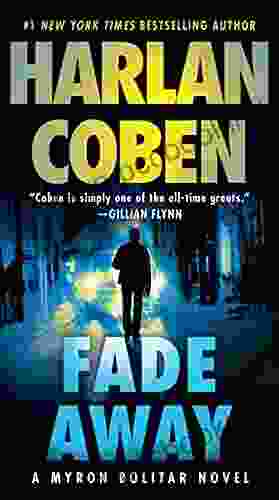How Sports Science Is Creating a New Generation of Superathletes and What We Can Learn From Them

4.3 out of 5
| Language | : | English |
| File size | : | 1560 KB |
| Text-to-Speech | : | Enabled |
| Screen Reader | : | Supported |
| Enhanced typesetting | : | Enabled |
| X-Ray | : | Enabled |
| Word Wise | : | Enabled |
| Print length | : | 287 pages |
| X-Ray for textbooks | : | Enabled |
Sports science is the study of human performance in sport. It is a multidisciplinary field that draws on a variety of sciences, including physiology, biomechanics, psychology, and nutrition. Sports scientists work with athletes to help them improve their performance and reduce their risk of injury.
In recent years, there have been significant advances in sports science. These advances have led to the development of new training methods, nutrition plans, and recovery techniques. As a result, athletes are now able to train harder, recover faster, and perform better than ever before.
One of the most important advances in sports science has been the development of new training methods. These methods are based on the latest research on human physiology and biomechanics. They are designed to help athletes improve their strength, power, speed, and endurance. Some of the most popular new training methods include:
- High-intensity interval training (HIIT)
- Plyometrics
- Weightlifting
- Cross-training
In addition to new training methods, there have also been significant advances in nutrition for athletes. Sports scientists have developed new nutrition plans that are designed to help athletes fuel their bodies for training and competition. These plans include a variety of foods that are high in carbohydrates, protein, and healthy fats. Some of the most important nutrients for athletes include:
- Carbohydrates
- Protein
- Healthy fats
- Vitamins
- Minerals
Finally, there have also been significant advances in recovery techniques for athletes. These techniques are designed to help athletes recover from training and competition. Some of the most popular recovery techniques include:
- Massage
- Stretching
- Ice baths
- Sleep
The advances in sports science have led to the development of a new generation of superathletes. These athletes are stronger, faster, and more powerful than ever before. They are also able to recover from training and competition more quickly. As a result, they are able to perform at a higher level for longer periods of time.
What can we learn from these superathletes? We can learn a lot about how to improve our own health and fitness. By following the same principles that superathletes use, we can improve our strength, power, speed, and endurance. We can also learn how to fuel our bodies for optimal performance and how to recover from training and competition more quickly.
Here are some of the key lessons that we can learn from superathletes:
- Train hard, but train smart.
- Eat a healthy diet that is high in carbohydrates, protein, and healthy fats.
- Get enough sleep.
- Recover from training and competition properly.
- Set goals and work hard to achieve them.
By following these principles, we can all improve our health and fitness and reach our full potential.
Sports science is revolutionizing the way athletes train and compete. The advances in sports science have led to the development of a new generation of superathletes. These athletes are stronger, faster, and more powerful than ever before. They are also able to recover from training and competition more quickly. As a result, they are able to perform at a higher level for longer periods of time.
We can learn a lot from these superathletes about how to improve our own health and fitness. By following the same principles that they use, we can improve our strength, power, speed, and endurance. We can also learn how to fuel our bodies for optimal performance and how to recover from training and competition more quickly.
So what are you waiting for? Start following the principles of sports science today and see how much you can improve your health and fitness.
4.3 out of 5
| Language | : | English |
| File size | : | 1560 KB |
| Text-to-Speech | : | Enabled |
| Screen Reader | : | Supported |
| Enhanced typesetting | : | Enabled |
| X-Ray | : | Enabled |
| Word Wise | : | Enabled |
| Print length | : | 287 pages |
| X-Ray for textbooks | : | Enabled |
Do you want to contribute by writing guest posts on this blog?
Please contact us and send us a resume of previous articles that you have written.
 Book
Book Novel
Novel Page
Page Chapter
Chapter Text
Text Story
Story Genre
Genre Reader
Reader Library
Library Paperback
Paperback E-book
E-book Magazine
Magazine Newspaper
Newspaper Paragraph
Paragraph Sentence
Sentence Bookmark
Bookmark Shelf
Shelf Glossary
Glossary Bibliography
Bibliography Foreword
Foreword Preface
Preface Synopsis
Synopsis Annotation
Annotation Footnote
Footnote Manuscript
Manuscript Scroll
Scroll Codex
Codex Tome
Tome Bestseller
Bestseller Classics
Classics Library card
Library card Narrative
Narrative Biography
Biography Autobiography
Autobiography Memoir
Memoir Reference
Reference Encyclopedia
Encyclopedia Ron Roy
Ron Roy Gretchen Cassel Eick
Gretchen Cassel Eick Hadley Wickham
Hadley Wickham Mulk Raj Anand
Mulk Raj Anand Gregg Kreutz
Gregg Kreutz Gregory Curtis
Gregory Curtis Jared Bibler
Jared Bibler Greg Myre
Greg Myre Grace Morris Craig
Grace Morris Craig Kailas Wild
Kailas Wild Greta Gleissner
Greta Gleissner Raven Morgaine
Raven Morgaine Tom Beal
Tom Beal Laura Riley
Laura Riley Greg Marinovich
Greg Marinovich Maxim Starchenko
Maxim Starchenko Robert T Mcgee
Robert T Mcgee Studio Hard Deluxe
Studio Hard Deluxe Jane P Gardner
Jane P Gardner Hanna Garth
Hanna Garth
Light bulbAdvertise smarter! Our strategic ad space ensures maximum exposure. Reserve your spot today!
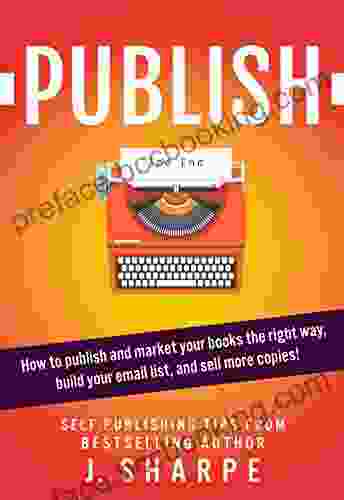
 Jerry WardHow to Publish and Market Your Book the Right Way: Build Your Email List and...
Jerry WardHow to Publish and Market Your Book the Right Way: Build Your Email List and...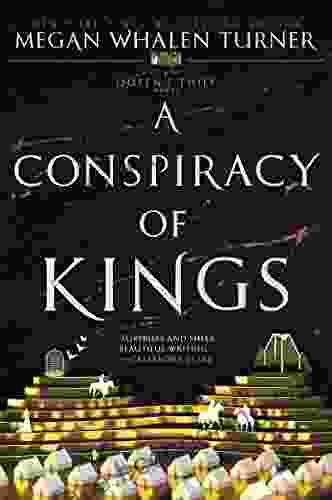
 Melvin BlairConspiracy of Kings: The Queen Thief Returns in a Thrilling Tale of Intrigue...
Melvin BlairConspiracy of Kings: The Queen Thief Returns in a Thrilling Tale of Intrigue...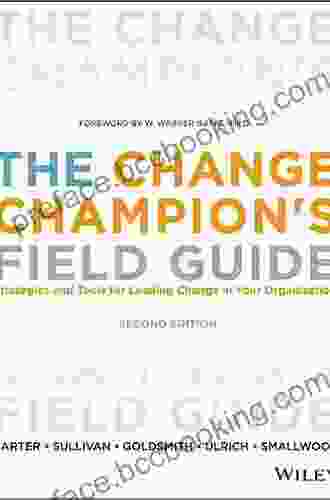
 Ernest J. GainesEmpowering Change: Strategies and Tools for Transforming Your Organization
Ernest J. GainesEmpowering Change: Strategies and Tools for Transforming Your Organization Quentin PowellFollow ·17k
Quentin PowellFollow ·17k Martin CoxFollow ·8.5k
Martin CoxFollow ·8.5k James JoyceFollow ·2.7k
James JoyceFollow ·2.7k Adrien BlairFollow ·6.4k
Adrien BlairFollow ·6.4k Ian MitchellFollow ·3.3k
Ian MitchellFollow ·3.3k Ernest ClineFollow ·15.3k
Ernest ClineFollow ·15.3k Colby CoxFollow ·12.1k
Colby CoxFollow ·12.1k Javier BellFollow ·16.8k
Javier BellFollow ·16.8k
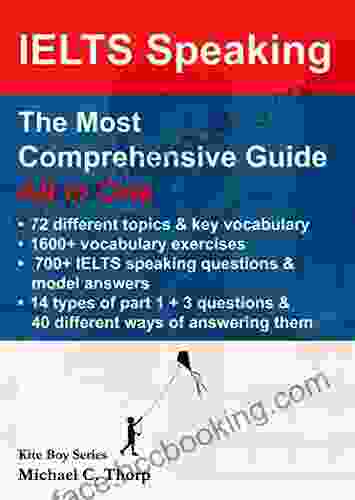
 Brady Mitchell
Brady MitchellMaster IELTS Speaking: The Ultimate Guide to Success
Kickstart Your IELTS...
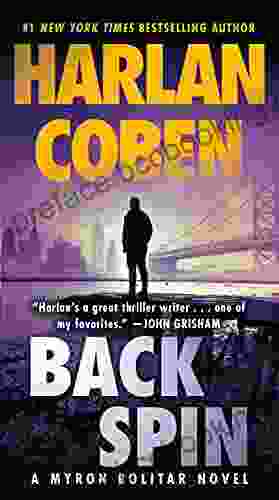
 Branden Simmons
Branden SimmonsBack Spin: A Thrilling Myron Bolitar Novel
Get ready to embark on a...
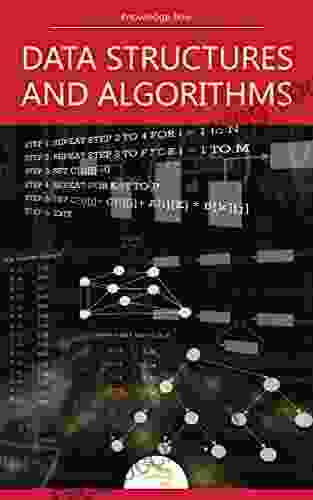
 Marc Foster
Marc FosterData Structures and Algorithms: A Comprehensive Guide to...
In the ever-evolving...
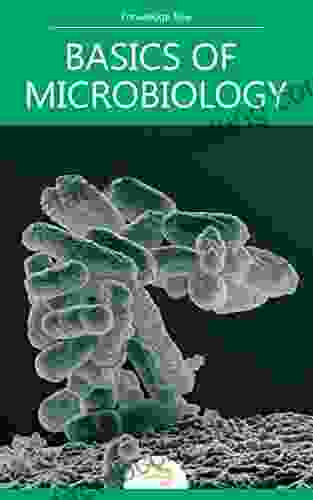
 Jeff Foster
Jeff FosterUnveiling the Basics of Microbiology: A Comprehensive...
The world of...

 J.D. Salinger
J.D. SalingerHold Tight Suspense Thriller: A Gripping Page-Turner That...
Are you ready for a suspense thriller that...
4.3 out of 5
| Language | : | English |
| File size | : | 1560 KB |
| Text-to-Speech | : | Enabled |
| Screen Reader | : | Supported |
| Enhanced typesetting | : | Enabled |
| X-Ray | : | Enabled |
| Word Wise | : | Enabled |
| Print length | : | 287 pages |
| X-Ray for textbooks | : | Enabled |


